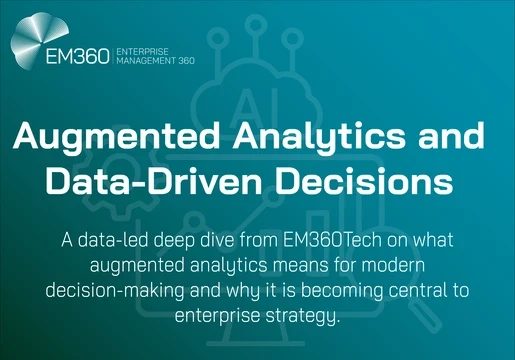Data has become the lifeblood of modern enterprises. With the rise of digital technologies, organizations have access to more data than ever before, and they are using it to make informed decisions, drive innovation, and stay ahead of the competition. However, managing data at scale is not an easy task. Traditional approaches to data management are often siloed, fragmented, and inflexible, which can lead to inefficiencies, data inconsistencies, and missed opportunities. That's where Data Mesh comes in.

What is Data Mesh?
Data Mesh is a new approach to data management that emphasizes decentralization, domain-driven design, and data as a product. It is a response to the challenges of managing data at scale in modern enterprises, where data is distributed, diverse, and constantly evolving. In this blog post, we will explore why your organization needs to adopt Data Mesh for better data management and how it can help you unlock the full potential of your data.
The key components of Data Mesh include:
- Domain-oriented decentralized data ownership and architecture
- Data as a product
- Self-serve data infrastructure as a platform
- Federated governance and data mesh operating model
Why Your Organization Needs to Adopt Data Mesh
There are several reasons why your organization needs to adopt Data Mesh for better data management:
1. Decentralized Data Ownership and Architecture
Traditional approaches to data management are often centralized, with a few teams responsible for collecting, storing, and analyzing data. This can lead to bottlenecks, delays, and inefficiencies, as teams have to wait for the centralized team to provide them with the data they need. With Data Mesh, data ownership is decentralized, and each domain or business unit is responsible for its own data. This allows teams to move faster and be more agile, as they have direct access to the data they need.
2. Data as a Product
Data Mesh treats data as a product, which means that it is designed, developed, and managed like any other product. This includes defining clear product boundaries, establishing product teams, and measuring product performance. By treating data as a product, organizations can ensure that data is aligned with business goals and that it is delivered in a timely and cost-effective manner.
3. Self-Serve Data Infrastructure as a Platform
Data Mesh encourages organizations to adopt a self-serve data infrastructure as a platform, which means that teams can access and use data without having to rely on the centralized data team. This can be achieved through the use of APIs, data catalogs, and data discovery tools. By providing teams with self-serve data infrastructure, organizations can increase data agility and reduce time to market.
4. Federated Governance and Data Mesh Operating Model
Data Mesh promotes a federated governance model, which means that data governance is distributed across different domains or business units. This ensures that data governance is aligned with business goals and that it is flexible enough to accommodate different data requirements. In addition, Data Mesh introduces a data mesh operating model, which is a set of principles and practices that guide how data is managed and operated within the organization.
Conclusion
Data Mesh is a new approach to data management that emphasizes decentralization, domain-driven design, and data as a product. It is a response to the challenges of managing data at scale in modern enterprises, where data is distributed, diverse, and constantly evolving. By adopting Data Mesh, organizations can unlock the full potential of their data, increase agility, and reduce time to market. If you want to stay ahead of the competition and make the most of your data, then Data Mesh is the way to go.







Comments ( 0 )